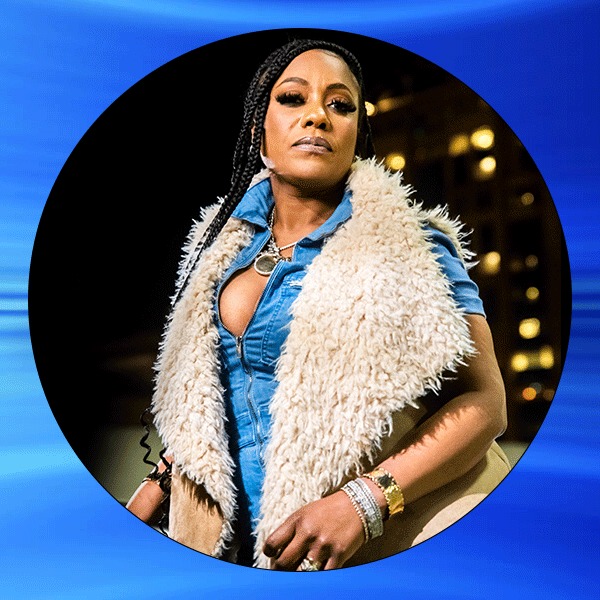Kendrick Lamar’s Super Bowl Show: A Cultural Commentary
Kendrick Lamar made headlines during his Super Bowl halftime performance, captivating audiences with his powerful message and dynamic visuals. This show wasn’t just about music; it blended cultural references, political statements, and even a nod to personal experiences, creating a memorable moment in entertainment history.
The Significance of the Performance
Lamar’s Super Bowl show reflected not only his artistry but also the broader cultural landscape of hip-hop. By incorporating elements of West Coast hip-hop and addressing themes of identity and black culture, he created a platform for meaningful dialogue. His choice of songs and visual storytelling offered commentary on the struggles and triumphs of a community often overlooked in mainstream narratives.
Photo by Vishnu R Nair
A Surprising Collaboration
One of the most talked-about moments was the surprise appearance of tennis legend Serena Williams. Williams showcased the “crip walk,” a dance significant to both her history in the media and the cultural representation emphasized throughout Lamar’s performance. This unexpected collaboration guided viewers to reflect on the intersection of sports, music, and the public’s perception of Black excellence.
Themes of Identity and Rivalry
Much of Lamar’s performance stirred conversations on social media about identity and rivalry within the hip-hop community. He subtly referenced fellow rapper Drake, igniting discussions about competition in the industry. Such rivalries have long been a fixture in hip-hop, but Lamar approached this with a fresh perspective, raising questions about solidarity versus competition among artists.
Kendrick’s message resonated deeply. Many dissected the underlying themes of camaraderie and strife among hip-hop artists. These discussions point to a larger narrative within the genre, suggesting how identity is not just formed by individual artists but also by the complex relationships they navigate. To dive deeper into this cultural commentary, check out Kendrick Lamar Rewrote the Rules of the Halftime Show.
Visual and Artistic Impact
The stage design was pivotal in the performance, drawing inspiration from video games that pop culture fans recognize. This visual choice not only captured attention but also reinforced how art and entertainment intersect. By using familiar imagery, Kendrick Lamar engaged a multi-generational audience, evoking nostalgia while addressing current issues.
The careful orchestration of visuals and choreography made attendees feel connected, underscoring how art can channel collective emotion and experience. Whether through the vibrant set or the dynamic dancers, every element aimed to evoke a response and provoke thought.
Political Commentary
Beyond the entertainment value, Lamar’s show also included incisive political messages. He encouraged viewers to consider their roles in society, much like his track “TV Off,” which contains layers of social commentary. The performance raised questions about consumerism, media influence, and the responsibility of artists in shaping narratives.
By choosing to spotlight these areas, Lamar became not just a performer but a storyteller. His art transcends the stage, urging audiences to engage in conversations that matter. For those interested in exploring the political depth of Kendrick’s performance, resources like Kendrick Lamar’s Super Bowl halftime show offer insights and analyses.
Audience Reactions
Reactions to Lamar’s halftime show varied widely, reflecting diverse perspectives on art and identity. Some praised him for bravely addressing topics often sidelined in mainstream media, while others expressed disappointment. Such mixed responses illustrate how art can spark debate and evoke strong feelings, highlighting its powerful role in society.
Social media buzzed with opinions and interpretations, showing how engaged audiences are when artists address significant themes. The discussions serve as a reminder that performances like Kendrick’s reach beyond entertainment; they resonate deeply with collective experiences of struggle and triumph.
Conclusion
Kendrick Lamar’s Super Bowl halftime show was a cultural phenomenon that combined entertainment with poignant social commentary. By weaving together personal narratives, cultural references, and political messages, Lamar delivered a performance that resonated well beyond the field. It sparked discussions about identity, artistry, and the responsibilities of artists in contemporary society.
The impact of this show will likely be felt for years to come, influencing future generations of artists and entertainers. As viewers reflect on what Lamar brought to the stage, the questions he posed linger, opening up avenues for deeper dialogue about culture, identity, and the role of music in society. For further examination of Kendrick Lamar’s artistry, check out Kendrick Lamar’s Super Bowl Halftime Show: A Cultural Powerhouse.










